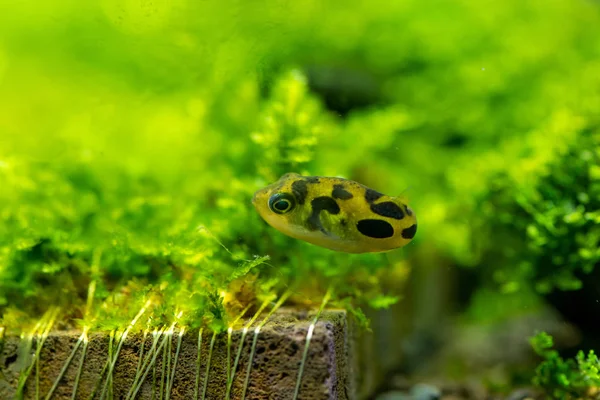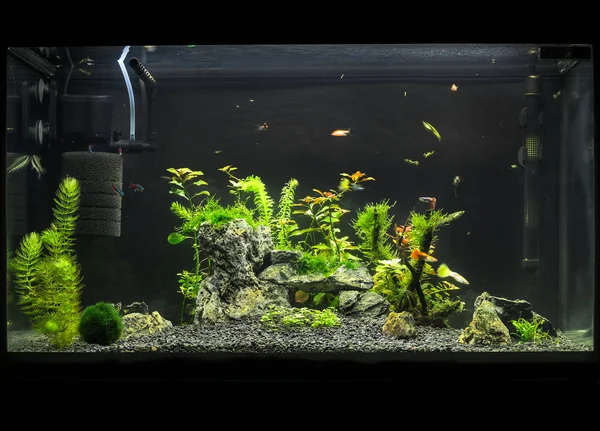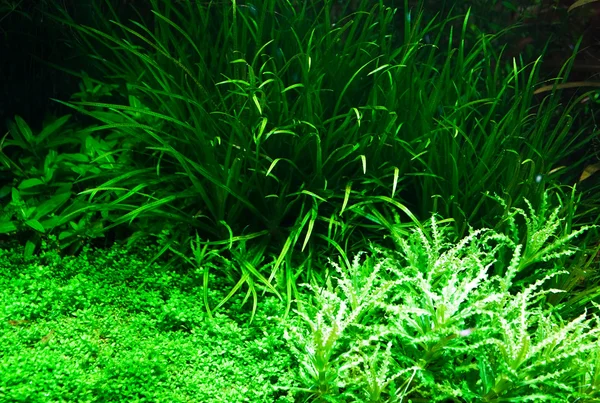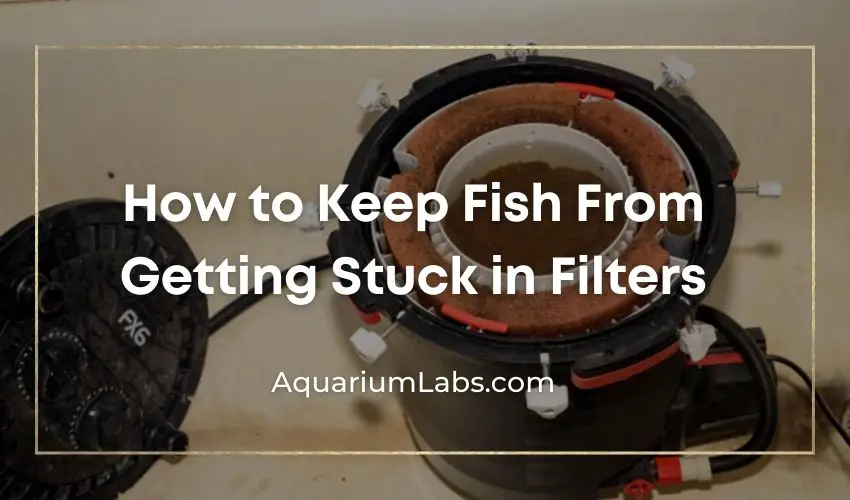Of all the problems fish keepers have to deal with, the risk filters have to our pets is one we don’t usually consider. After all, we buy filters because they help keep fish alive. It seems wrong to think of them as a source of problems in our aquarium.
Usually, a filter does its job just fine, and there are no issues. But what if you come home one day to find a fish stuck in filter?
How Do Healthy Fish Get Stuck To The Filter?
Pet fish have to deal with the current of an aquarium filter continually. So you always want to choose a setup that causes minimal stress to them. What are some ways that pet fish end up getting stuck to the filter intake tube in the first place?
Is The Water Flow Too Strong?

What if you have an aquarium full of small fish that prefer swimming slowly, like Chili Rasboras, Pea Puffers, and so on? You should keep your fish safe by choosing the right sized filter. We don’t want to find healthy fish caught against the filter. This can sometimes happen if the filter is too strong for your fish.
This is only an issue if the pump is rated for an aquarium that is much larger. Adding filters rated for a 55-75 gallon aquarium to a 20-gallon aquarium can be an issue. Small fish that get too close can get stuck in the filter very easily.
Fish with long fins or slow-moving fish like Betta Fish and fancy Goldfish are also prone to getting stuck to filter intake tubes. And once they are stuck, their fins create so much drag against the current that it can be impossible for them to break free again.
So make sure that you are aware of the gallons per hour (GPH) turned over by your filter’s pump. Extra filtration is not always a good thing.
Sick Fish Stuck In Filter Intake
It is much more common to see weak fish or dead fish stuck to filter intakes. When fish start to get sick from disease, they lose energy and have trouble fighting even the gentle current of the filter intake.
While it’s not very strong close to the intake, a weak fish may suddenly find its entire body slapped against the intake. The poor guy is then unable to wiggle hard enough to break free and soon dies.
So if we know there is a sick, struggling fish in the fish tank, how can we keep it from getting stuck to the filter? One way is to place a physical barrier that keeps fish from getting dangerously close.
A foam pre-filter like this one is the most common option. This route makes sense because a foam pre-filter is very easy to make. Just take a foam cube an inch or two thick and cut a small hole in it so that it will fit over the filter intake! Now water flow still occurs, but fish can’t get close enough to the intake tube to get stuck to the filter.
New aquarists sometimes wake up in the morning to find a dead fish stuck to the filter intake and think the filter killed it. But this does not happen all that often. Fish die at night sometimes, and the tank filter eventually catches their floating bodies.
So unless you already have fish that are weak swimmers, you don’t need to prevent fish from getting close to the intake tube.
Small Fish Sucked Up Into The Filter

Filters can easily suck up baby fish in fish tanks. If you have guppies, mollies, and other livebearers, then you are probably used to baby fish being around. When they are first born, fish fry are poor swimmers and can’t fight a strong water current.
Nano fish keepers also know that you need to choose a filter system carefully to prevent fish from getting stuck to the filter. True nano fish are much smaller than tetras, danios, guppies, and other small common aquarium fish.
Many nano fish are fully grown at less than an inch long. They do better in aquarium setups with sponge filters and other gentle systems that keep the water clean.
On the bright side, fish fry and nano fish are more likely to survive and make it to the inner chamber, where you can rescue them. Larger fish can get cut up by the magnetic impeller that the pump uses to draw water into the filter.
It’s rare, but sometimes a fish can even permanently live inside your filter. If the filter is large enough and the fish can feed on the biofilm inside, they may thrive until you discover them.
Filter Systems That Don’t Suck Up Fish
Filter intakes are a necessary part of most filter setups. They create ideal water parameters by drawing water from the main tank and into the filter. Inside, ammonia and other pollutants are processed and returned to the main fish tank.
But there are some dangers a filter intake can have to your pet fish. So what are some more options that naturally prevent fish from getting stuck to filter intakes?
Sponge Filtration System
The simplest way to stop fish from getting stuck is to choose a filter that has no intake for fish to get trapped against. Sponge filters are the best solution here.

You often see aquarists use sponge filters in aquariums with baby fish, spawning fish, and dwarf shrimp. They are also popular for quarantine tanks where sick or weak swimming fish need gentle filtration to maintain proper water quality.
Sponge filters are 100% fish safe. They are powered by an air stone that is attached to the top. The suction power is very minimal as the sponge’s surface area dissipates the filter’s power over a wide area.
All of this extra surface area also allows beneficial bacteria to set up colonies. Sponge filters are excellent biological and mechanical filtration systems!
Undergravel Filtration System
Another way of preventing fish from getting stuck to filter intakes is to choose an undergravel filter. Undergravel filters don’t have an intake near the water’s surface.
Instead, water is pulled through the gravel, which acts as a giant mechanical filter pad. Dirty water is strained by the grains, trapping dirt in the substrate and under it. And then sent back to the fish tank from below!

The only way a fish could get trapped using this method is if they are a burrowing fish species. Loaches and catfish can sometimes get stuck under the plates of an undergravel filter. Getting them out from under these plates can be very difficult (and messy). But it is never fatal for these fish unless they can’t find their way back out.
Since most other fish live above the substrate, you rarely have to worry about this in a normal community tank. Undergravel filters are otherwise fine for small and weak swimming fish.
Walstad Method Planted Aquarium

What if we did away with the filter entirely? No filter media, no filter chambers, no power cables running from your fish tank? Walstad aquariums are a great way to stop fish from getting stuck in the filter!
A Walstad setup uses live plants to maintain proper water parameters. It is meant to closely replicate Nature and uses a soil substrate instead of sterile gravel. Live plants and bacteria colonize the soil and process fish waste efficiently. And in the process, they release oxygen, provide habitat, places to spawn, and microfauna for fish to eat!
You do still need to perform water changes sometimes. But much less frequently than with a normal tank. Water changes remove nitrate and other built-up nitrogenous waste products. But in a Walstad system, the plants use the nitrate as fertilizer, locking it away in their bodies.
The only downsides are that you do need proper plant lighting. And at first, the number of fish you can keep is smaller compared to an aquarium with a filter. It takes much longer using this method to achieve a fully cycled tank.
A Walstad aquarium is an intermediate-level project. But if you need to stop fish from getting caught in a filter, know that it is possible to have a tank with no filter whatsoever!
Wrapping Up
Filters are required to remove uneaten food, fish poop, ammonia, and other bits of pollution. But sometimes, you might find that one fish gets sucked up by these life-preserving devices. What action you take depends mostly on why this happened.
Fortunately, if you’ve made it this far, you are armed with enough knowledge to make the right choice!
Related Interesting Reads:
- Why Does My Filter Get Dirty All the Time?
- Recommended Filters for Fish Bowls
- Is It Possible to Over-Filter an Aquarium?
- How Long Can Fish Live Without a Filter?

